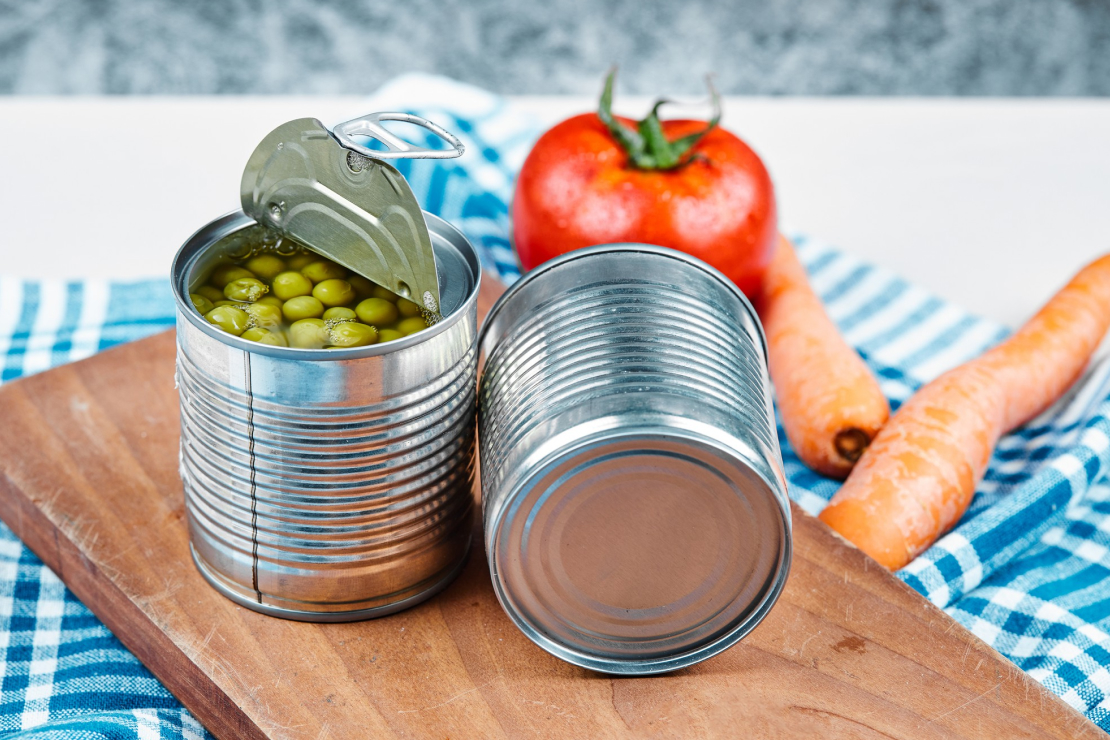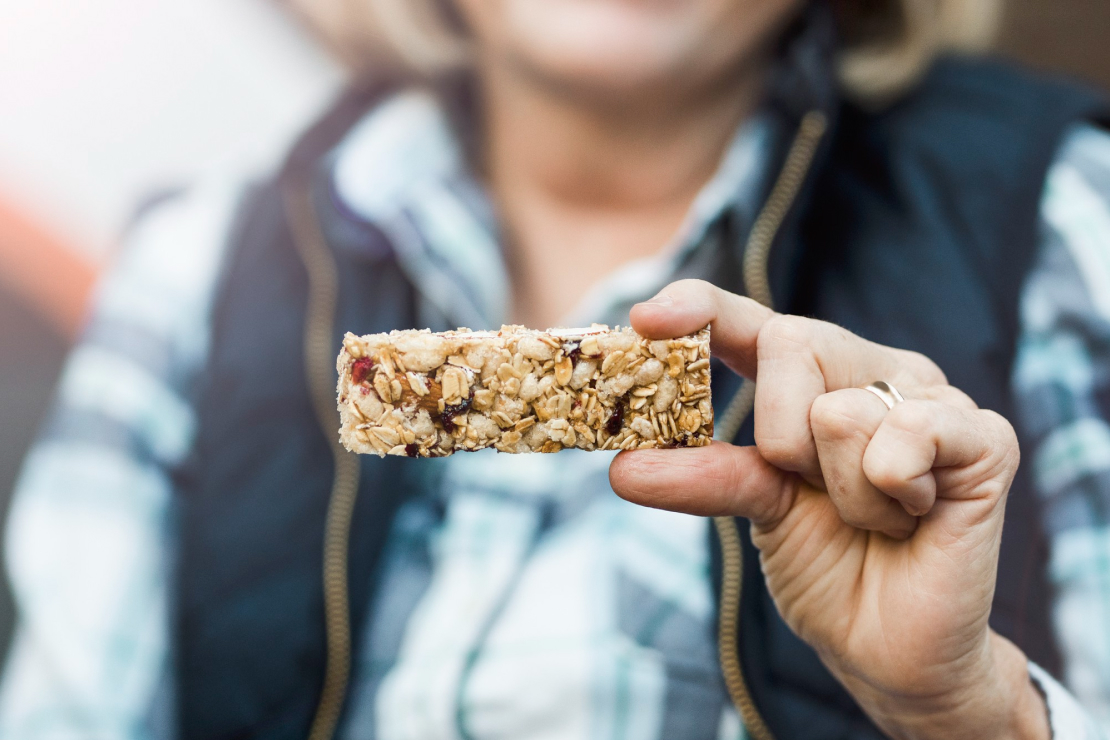Are Canned Vegetables Healthy? Pros, Cons, and What to Look For
Discover the truth about canned vegetables, their nutritional value compared to fresh options, and how to make smart choices for your health. Learn about safety, storage, and maximizing benefits.

Table of Content
Understanding Canned Vegetables: A Modern Convenience
In today's fast-paced world, canned vegetables have become a pantry staple for many households. Their convenience, long shelf life, and affordability make them an attractive option. But questions about their nutritional value and safety often arise. Let's dive deep into the science behind canned vegetables and understand their place in a healthy diet.
The Canning Process: How It Works
Before evaluating the health implications, it's essential to understand how vegetables are canned:
- Cleaning and Preparation
Vegetables are thoroughly washed and prepared
- Blanching
Brief heat treatment to stop enzyme activity
- Canning
Sealed in containers with liquid
- Heat Processing
High-temperature treatment to ensure safety
Nutritional Comparison: Canned vs Fresh vs Frozen
Let's examine how different preservation methods affect nutritional content:
| Nutrient Retention | Fresh Vegetables | Canned Vegetables | Frozen Vegetables |
|---|---|---|---|
| Vitamin C | 100% (at harvest)
Decreases with storage time | 60-80%
Stable throughout shelf life | 85-95%
Minimal loss when frozen |
| Vitamin A | 100% (at harvest)
Gradual decline | 80-90%
Well preserved | 85-95%
Well preserved |
| Minerals | 100%
Stable during storage | 90-100%
Some loss to canning liquid | 90-100%
Minimal loss |
| Fiber | 100%
No significant loss | 90-100%
Well preserved | 95-100%
Well preserved |
| Protein | 100%
No significant loss | 90-100%
Minimal loss | 95-100%
Well preserved |
The Pros of Canned Vegetables
1. Extended Shelf Life
Canned vegetables offer remarkable longevity and storage benefits that make them an invaluable addition to any pantry. Unlike fresh vegetables that can spoil within days or weeks, properly stored canned vegetables maintain their nutritional value and safety for extended periods. This preservation method has been trusted for over 200 years and continues to be one of the most reliable ways to keep vegetables accessible year-round.
- Long-term Storage
2-5 years shelf life when properly stored, some items lasting up to 6 years
- No Refrigeration Required
Saves energy and space, reducing environmental impact and utility costs
- Emergency Food Supply
Reliable during power outages, natural disasters, or unexpected circumstances
- Reduced Food Waste
Less spoilage compared to fresh vegetables, helping reduce global food waste by up to 30%
- Temperature Stability
Can withstand temperature variations between 50-85°F without quality loss
- Seasonal Independence
Access to out-of-season vegetables year-round
2. Cost-Effective
The economic advantages of canned vegetables extend beyond their initial purchase price. When considering the total cost of food, including storage, preparation time, and waste, canned vegetables often prove to be the most economical choice. Studies show that families can save up to 50% on their vegetable budget by incorporating canned options strategically into their meal planning, especially during off-season periods when fresh produce prices spike.
- Lower Price Point
Often 20-40% cheaper than fresh, with consistent pricing throughout the year
- Year-round Availability
No seasonal price fluctuations, allowing better budget planning
- Bulk Purchase Options
Additional savings of 15-25% when buying in case quantities
- Reduced Prep Time
Saves 30-45 minutes per meal in preparation time
- Minimal Waste
Pre-portioned amounts reduce overbuying and spoilage
- Energy Savings
No refrigeration costs, reducing utility bills by up to 5%
3. Convenience and Accessibility
The convenience factor of canned vegetables goes beyond simple time-saving benefits. They represent a practical solution for various lifestyle needs, from busy professionals to those with limited cooking facilities. The standardized processing ensures consistent quality and reliable nutrition, making meal planning and preparation more straightforward and predictable. This accessibility has been shown to increase vegetable consumption in households by up to 25%.
- Pre-cleaned and Cut
Ready to use with minimal preparation, saving 15-20 minutes per meal
- Quick Meal Solutions
Perfect for busy schedules, enabling healthy meals in under 30 minutes
- Consistent Quality
Standardized processing ensures reliable taste and texture every time
- Wide Availability
Accessible in 98% of grocery stores and many convenience stores
- Recipe Versatility
Can be used in multiple cooking methods from stovetop to microwave
- Portion Control
Pre-measured amounts help with meal planning and dietary tracking
The Cons: What to Watch Out For
1. Sodium Content
The sodium content in canned vegetables represents one of the most significant nutritional concerns. Regular consumption of high-sodium foods can contribute to various health issues, particularly for those with hypertension or heart conditions. Research indicates that excessive sodium intake from canned foods can contribute up to 30% of the recommended daily sodium limit for some individuals, making it crucial to understand and manage this aspect of canned vegetables.
- Added Salt
Can contain 200-400mg sodium per serving, some varieties reaching 600mg
- Preservation Method
Salt used as a preservative and flavor enhancer, often exceeding necessary amounts
- Health Impact
May affect blood pressure and heart health, increasing risk by up to 20%
- Taste Adaptation
Can lead to preference for saltier foods within 2-3 weeks of regular consumption
- Hidden Sodium
Some varieties contain sodium-based preservatives beyond listed salt content
- Cumulative Effect
Daily consumption can exceed recommended sodium limits by 150%
2. BPA Concerns
The presence of BPA (Bisphenol A) in can linings has become a significant concern in recent years. This chemical, used to prevent corrosion and maintain food safety, has been linked to various health concerns. While many manufacturers are transitioning to BPA-free alternatives, it remains important to understand the potential risks and available alternatives. Studies suggest that BPA exposure from canned foods can contribute up to 60% of total dietary BPA intake.
- Chemical Exposure
Can leach into food over time, especially in acidic or fatty vegetables
- Health Risks
Potential endocrine system effects, particularly concerning for pregnant women and children
- Alternative Options
BPA-free cans becoming more common, using acrylic or polyester linings
- Risk Mitigation
Choose brands with BPA-free packaging or glass containers when available
- Temperature Impact
Higher storage temperatures can increase BPA leaching by up to 40%
- Long-term Exposure
Cumulative effects may be more significant with regular consumption
3. Texture Changes
The thermal processing required for canning inevitably affects the physical characteristics of vegetables. These changes can impact both the sensory experience and culinary applications of canned vegetables. Understanding these alterations helps in choosing appropriate cooking methods and recipes that can maximize the appeal of canned vegetables while minimizing any textural disadvantages.
- Softening
Heat processing affects firmness, reducing crispness by 40-60%
- Color Changes
May appear different from fresh due to heat exposure and pH changes
- Taste Differences
Can affect overall palatability, particularly in naturally crisp vegetables
- Recipe Adaptation
May require different cooking methods to optimize texture
- Moisture Content
Higher water content can affect recipe consistency and cooking times
- Storage Impact
Extended storage can further soften texture by 10-15% annually
Making Smart Choices: What to Look For
Guidelines for selecting healthy canned vegetables:
| Feature | What to Look For | What to Avoid | Why It Matters |
|---|---|---|---|
| Sodium Content | "No Salt Added" or "Low Sodium"
Less than 140mg per serving | Regular salt versions
Can exceed 400mg per serving | Better for heart health and blood pressure |
| Packaging | BPA-free cans or glass jars
Clearly labeled on package | Unlabeled or damaged cans
Higher risk of contamination | Reduces exposure to harmful chemicals |
| Added Ingredients | Single ingredient listings
Just vegetables and water | Added sugars or preservatives
Check ingredients list | Maintains nutritional integrity |
| Processing | Minimal processing methods
Steam-packed when available | Heavy syrups or cream sauces
Adds unnecessary calories | Better nutrient retention |
Best Practices for Using Canned Vegetables
Maximizing the benefits of canned vegetables while minimizing potential drawbacks requires careful attention to selection, storage, and preparation methods. Following these best practices can significantly improve the nutritional value, taste, and safety of canned vegetables. Research shows that proper handling and preparation can enhance the nutritional benefits by up to 25% while reducing potential risks associated with sodium and BPA exposure.
- Rinse Before Use
Reduces sodium content by 40%, also removes excess starch and metallic taste
- Proper Storage
Cool, dry place under 85°F, away from direct sunlight and heat sources
- Check Dates
Use within recommended timeframe, typically 2-5 years from packaging date
- Inspect Cans
Avoid dented, bulging, or rusted containers due to contamination risk
- Temperature Control
Store between 50-70°F for optimal preservation and minimal BPA leaching
- Rotation System
Use first-in-first-out method to ensure freshest possible consumption
- Transfer Leftovers
Store unused portions in glass containers, consume within 3-4 days
- Proper Opening
Clean can tops before opening to prevent contamination
Frequently Asked Questions
Are canned vegetables as healthy as fresh ones?
- Most nutrients are well-preserved
- Some nutrients may be better retained
- Convenience can encourage more vegetable consumption
- Quality depends on proper selection and preparation
Is it OK to eat canned vegetables every day?
- Choose low-sodium options
- Rinse before use
- Vary your vegetable choices
- Combine with fresh options when possible
What canned vegetables are healthiest?
- Tomatoes (high in lycopene)
- Pumpkin (rich in vitamin A)
- Green beans (good fiber source)
- Corn (maintains nutrients well)
Can canned food cause cancer?
- No direct link to cancer
- BPA concerns are being addressed
- Many brands now use BPA-free cans
- Benefits outweigh potential risks
"When chosen wisely and prepared properly, canned vegetables can be a nutritious, convenient, and cost-effective addition to a healthy diet. The key is making informed choices and using them as part of a varied dietary pattern."
The Bottom Line
Canned vegetables can be a healthy and practical choice when selected and prepared properly. While they may not always match the texture and taste of fresh vegetables, their nutritional value, convenience, and affordability make them a valuable option for maintaining a healthy diet. The key is to choose low-sodium, BPA-free options and incorporate them as part of a varied diet that includes fresh and frozen vegetables as well.
Remember that the best vegetable is the one you'll actually eat. If canned vegetables help you include more vegetables in your diet, they're a worthy addition to your pantry. Focus on making informed choices, proper preparation methods, and balanced consumption to maximize their benefits while minimizing potential drawbacks.
Start Your Health Journey Today
Download Macro Tracking AI and take control of your nutrition with the power of artificial intelligence.
Download on App Store

